Is Food Really Better in France Than the US?
The question comes up all the time: does food in France actually taste better than in the United States? People who have spent time in both countries usually give the same answer: yes.
The reasons go beyond stereotypes about French cuisine. From farming regulations to dining culture, the way food is grown, sold, and eaten in France is deeply different.
Simpler Ingredients, Stricter Rules
Walk into a French bakery or market and you see a very short list of ingredients in most staples. Bread, dairy, and cured meats are usually made without additives or artificial preservatives.
European food law bans or restricts many of the chemicals commonly used in American processed foods. Growth hormones in beef and chlorine-washed chicken, for example, are off-limits. Even the percentage of salt in bread is regulated.
This doesn’t mean junk food doesn’t exist in France, it does, but the average baseline is higher.
Even ready-made meals tend to contain fewer artificial ingredients, and processed snacks often look like short recipes instead of chemistry experiments.
Produce That Tastes Like Something
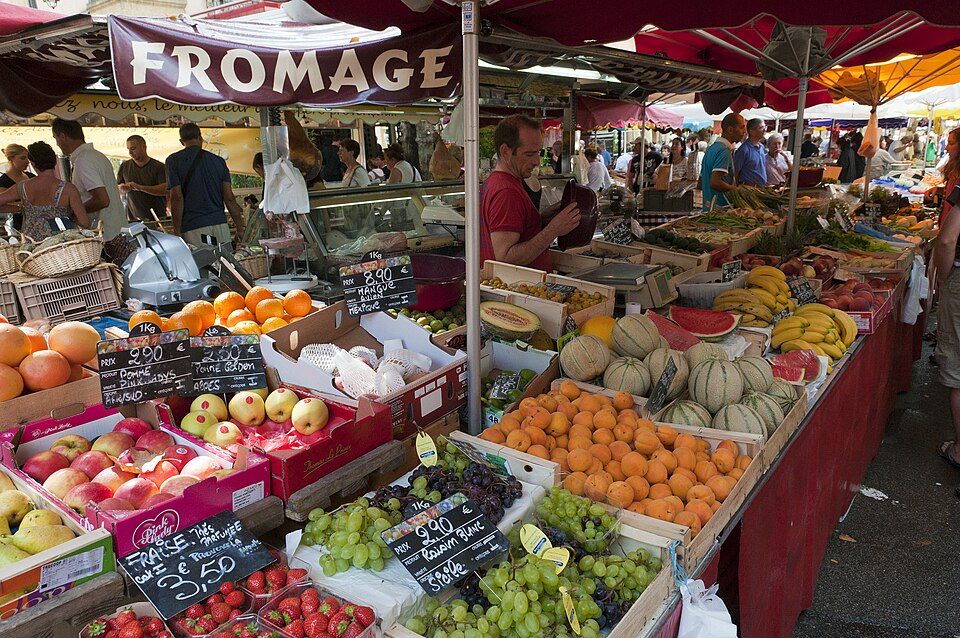
The difference in fruits and vegetables is one of the first things people notice. Tomatoes, lettuce, apples, and other basics have more flavor.
That’s partly due to stricter rules on pesticides and GMOs, but also to how food reaches the shelves.
Seasonal produce is the norm. Strawberries appear in spring, stone fruit in summer, mushrooms in autumn. Shorter transport distances mean fresher products, often harvested closer to ripeness.
In the US, vegetables are bred and shipped for shelf life. In France, looks matter less than taste. A tomato might be knobbly or small, but it will actually taste like a tomato – depending where you buy them of course.
Farmers’ markets are everywhere, even in small towns, and remain part of weekly shopping routines.
Dairy and Cheese on Another Level
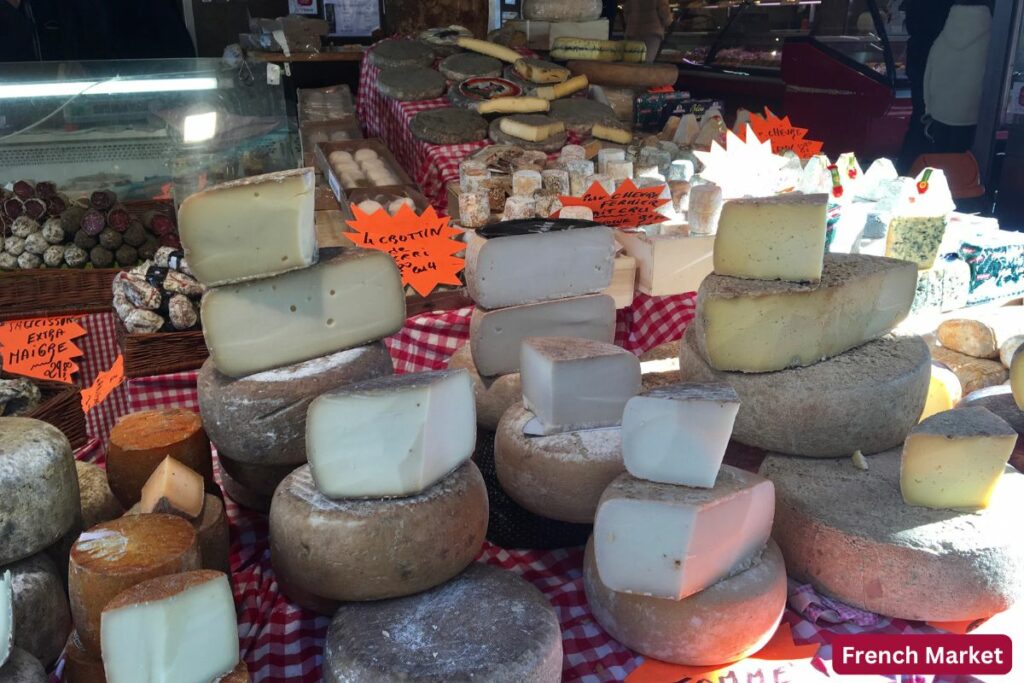
France takes dairy seriously. Butter, cream, and yogurt are rich and flavorful without needing extra sugar. Cheese is in its own universe, with hundreds of varieties, many tied to specific regions.
Even large supermarkets carry local and artisanal options, often at prices that surprise visitors from the US. A cheese that costs $50 per kilo in California can go for less than $10 in France.
Meat and Charcuterie
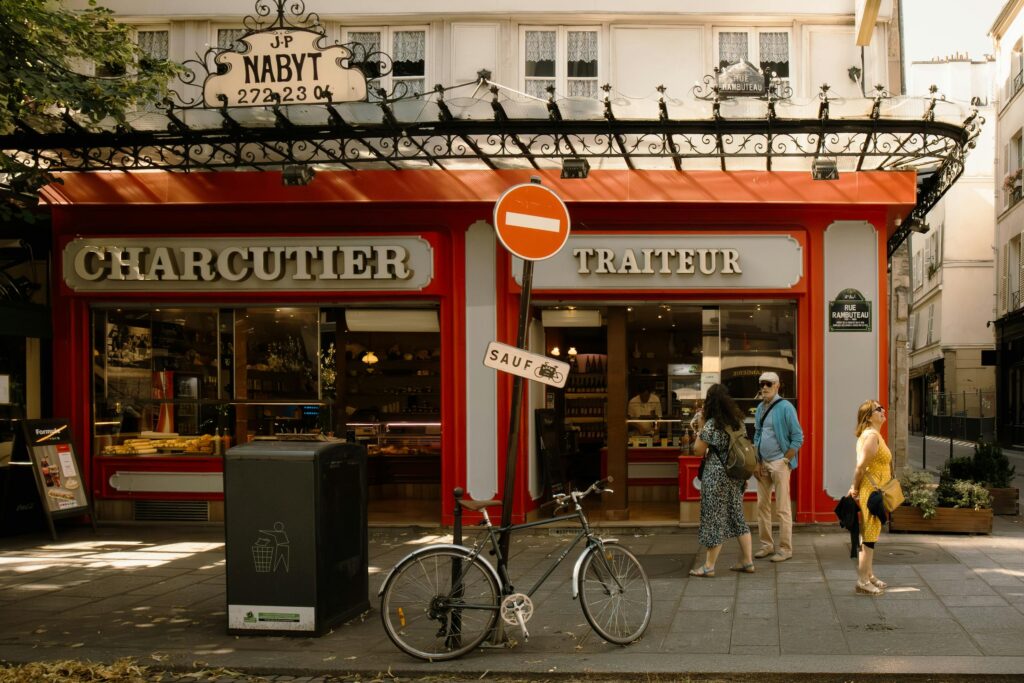
Meat quality stands out. French supermarkets and butchers offer pork, lamb, and poultry raised under strict welfare and antibiotic rules.
Charcuterie – ham, saucisson, pâtés – is considered part of daily eating, not a luxury. American deli meat often feels processed and watery by comparison.
Beef is more complicated: many visitors find French beef less tender, since much of it comes from older dairy cattle. However, dishes are built around flavor, slow cooking, and sauces rather than huge grilled steaks.
Eating Out: Affordable and Flavorful
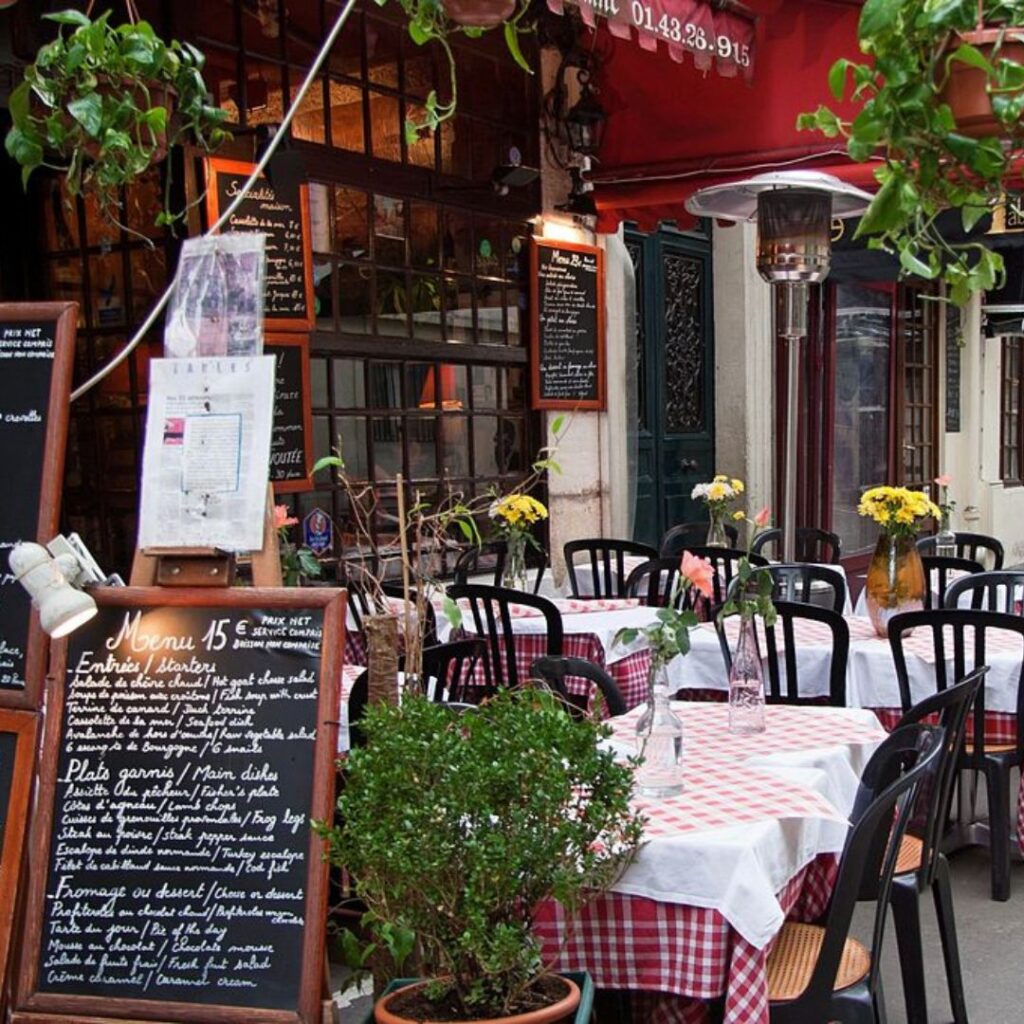
Restaurant culture is another place where France shines. Even small cafés or highway rest stops often serve meals cooked with care.
A fixed-price lunch menu with starter, main course, and dessert can cost around €15–20, sometimes with wine included.
In the US, a simple restaurant meal at that price often means fast food or a chain diner. High-end dining also compares differently: Michelin-starred restaurants in France are significantly less expensive than their American counterparts.
For travelers, this means you can splurge without breaking the bank.
Portion Size and Cooking Culture
American food culture often emphasizes size and speed. In France, the focus is on balance and enjoyment. Portions are smaller, meals are slower, and cooking from scratch is part of daily life.
Packaged food is present in stores, but families still buy raw ingredients and prepare meals at home. Something as basic as a homemade vinaigrette is considered the default, not a special effort.
This difference shows up in health. Many visitors say they lose weight without trying, simply because everyday meals contain less sugar, fewer additives, and are portioned differently.
Price and Accessibility
One of the biggest surprises for visitors is that better food in France doesn’t necessarily cost more. A croissant in Paris is usually €1 – 1.50. Good bottles of wine start around €4.
Even high-quality butter and cheese are far cheaper than in US stores.
By contrast, eating well in the US often requires shopping at specialty stores or farmers’ markets, where prices are high. In France, fresh and local food is mainstream.
Fast Food and Modern Shifts
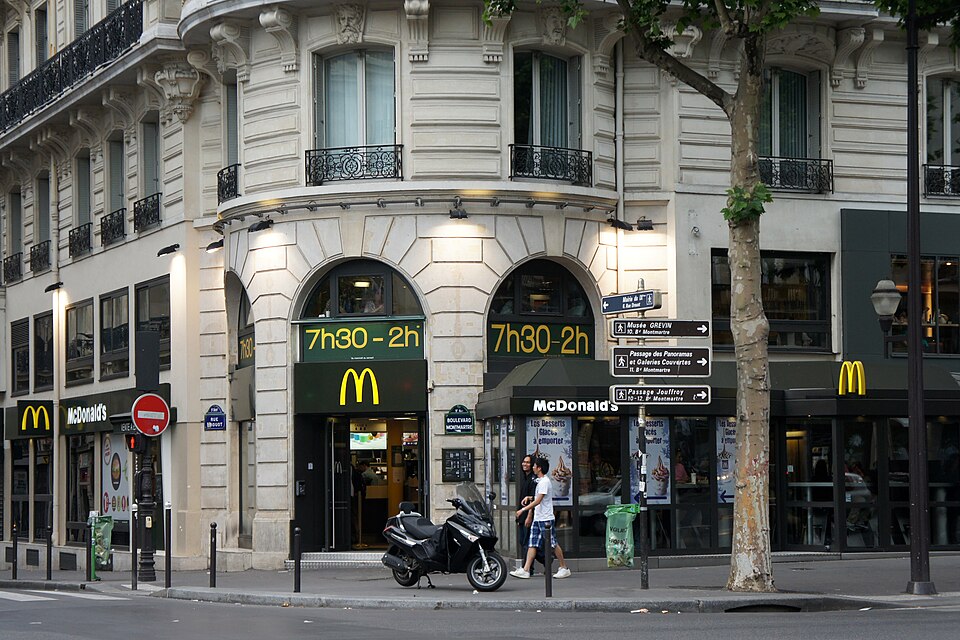
Traditional meals remain strong, but fast food is gaining ground among younger generations. McDonald’s and kebab shops are popular, and a new hybrid called “French tacos” has become a trend.
Still, even at McDonald’s the sourcing rules mean the meat is French and the recipes differ from the US versions.
What Visitors Notice Most
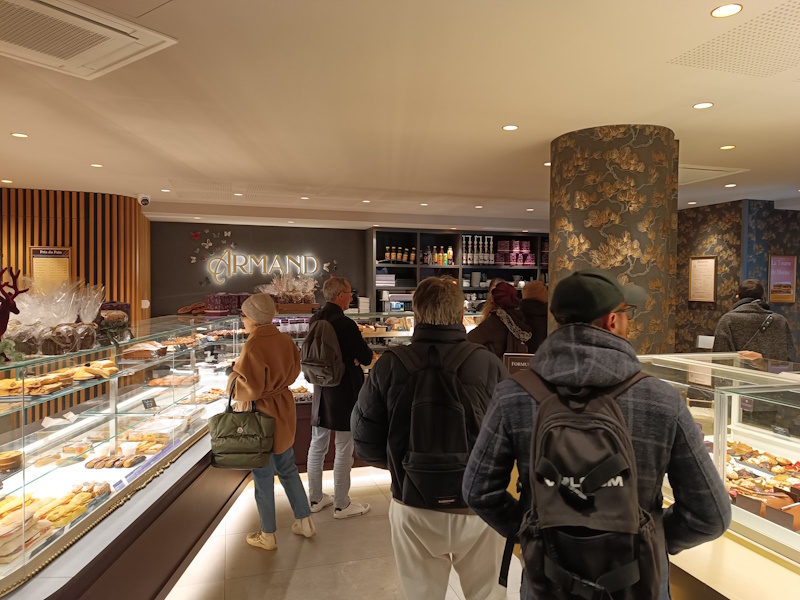
For travelers, the standout difference is how easy it is to eat well without trying. Stop at a bakery in a small town, a market in the Loire Valley, or even a supermarket in the suburbs, and you find fresh bread, real cheese, and produce with actual taste.
Eating well isn’t a luxury, it’s part of daily life.
At the same time, expectations are different. Restaurants may close between lunch and dinner. Menus are built around the chef’s choice, not endless customization.
You adapt to the rhythm rather than the other way around.
The Downsides
Food quality is higher on average, but it isn’t perfect. Beef can disappoint if you’re used to well-aged American cuts. Restaurant standards vary – not every French bistro serves a memorable meal.
Supermarkets also stock industrial products, and if you stick to them you won’t see much difference from the US.
Younger generations eat plenty of fast food, and chains like McDonald’s or KFC are part of daily life for many. Prices, while lower than in the US for staples, are climbing with inflation.
In Conclusion
Food in France isn’t flawless, but compared to the US it feels like a different baseline. Regulations, culture, and habits all push toward fresher, less processed meals.
For a traveler, that means discovering flavors in ordinary places, not just in Michelin-starred dining rooms.
